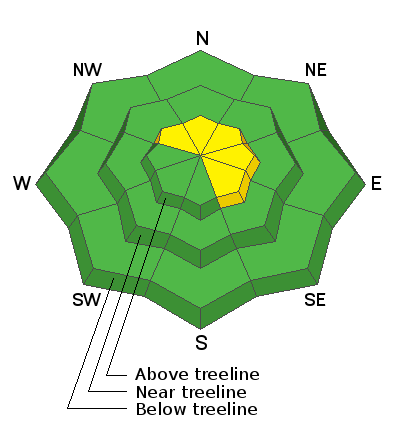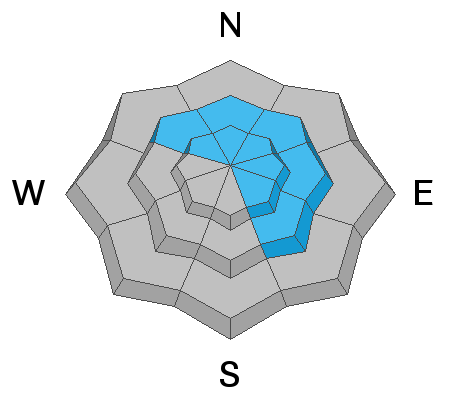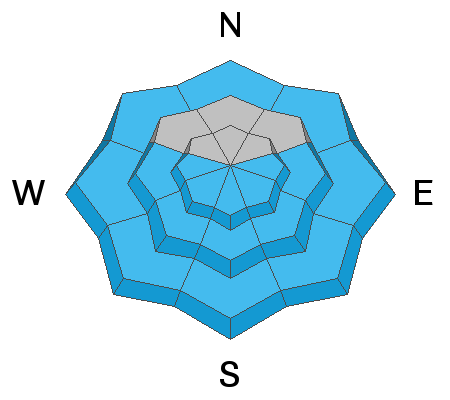Forecast for the Moab Area Mountains

Issued by Eric Trenbeath on
Friday morning, April 15, 2022
Friday morning, April 15, 2022
A MODERATE avalanche danger exists on steep slopes that have recent deposits of wind drifted snow. Unstable drifts are most likely to be found on leeward slopes facing NW through N through SE. Look for fresh drifts on the leeward sides of ridge crests and terrain features such as gully walls and sub ridges.
As temperatures warm today be alert to signs of loose, wet instability such as rollerballs and pinwheels, and stay off of steep slopes if they become wet and sloppy.

Low
Moderate
Considerable
High
Extreme
Learn how to read the forecast here








